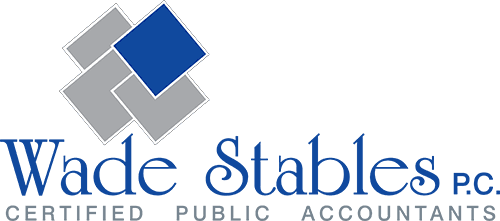The federal student loan “pause” is coming to an end on Aug. 31 after more than three years. If you have student loan debt, you may wonder whether you can deduct the interest you pay on your tax return. The answer may be yes, subject to certain limits. The deduction is phased out if your adjusted gross income exceeds certain levels. The maximum amount of student loan interest you can deduct per year is $2,500. For 2023, the deduction is phased out for single taxpayers with AGI between $75,000 and $90,000 ($155,000 and $185,000 for married couples filing jointly). The interest must be on funds borrowed to cover qualified education costs of the taxpayer, a spouse or dependent.
Read More...
If you’re age 65 and older and have basic Medicare insurance, you may need to pay additional premiums to get the level of coverage you want. The premiums can be costly, especially for married couples with both spouses paying them. But there may be an advantage: You may qualify for a tax break for paying the premiums. However, it can be difficult to qualify to claim medical expenses on your tax return. For 2023, you can deduct medical expenses only if you itemize deductions and only to the extent that total qualifying expenses exceeded 7.5% of adjusted gross income. We can determine whether you should claim the standard deduction or claim medical expense deductions on your tax return.
Read More...
If you and your employees are traveling for business this summer, there are a number of considerations. Under tax law, in order to claim deductions, you must meet certain requirements for out-of-town business travel within the U.S. The rules apply if the business reasonably requires an overnight stay. The actual costs of travel (plane fare, cabs, etc.) are deductible for out-of-town business trips. You’re also allowed to deduct the cost of lodging. For 2023, the law allows a 50% deduction for business meals. If a trip is a combined business/pleasure trip, only the costs of meals, lodging, etc., incurred for the business days are deductible (not those incurred for personal vacation days).
Read More...
High-income taxpayers face a regular income tax rate of 35% or 37%. And they may also have to pay an additional 3.8% net investment income tax (NIIT). The NIIT applies only if modified adjusted gross income (MAGI) exceeds: $250,000 for married taxpayers filing jointly and surviving spouses; $125,000 for married taxpayers filing separately; and $200,000 for unmarried taxpayers and heads of household. The amount subject to the tax is the lesser of your net investment income or the amount by which your MAGI exceeds the threshold ($250,000, $200,000, or $125,000) that applies to you. Fortunately, there are some ways you may be able to reduce the impact of the NIIT. Contact us for strategies.
Read More...
Most retirement plan distributions are subject to income tax and may be subject to an additional 10% penalty if you take a withdrawal before age 59½. Fortunately, there are some exceptions to avoid the penalty but there are strict rules. In one case (TC Memo 2023-9), a taxpayer lost his job and took a 401(k) plan distribution before reaching age 59½. He had been diagnosed with diabetes, which he treated with insulin and other medication. The U.S. Tax Court ruled he didn’t qualify for an exception to the 10% penalty due to total and permanent disability. The reason: He had been able to work up until the distribution. We can help determine if you qualify for an exception to the penalty.
Read More...










